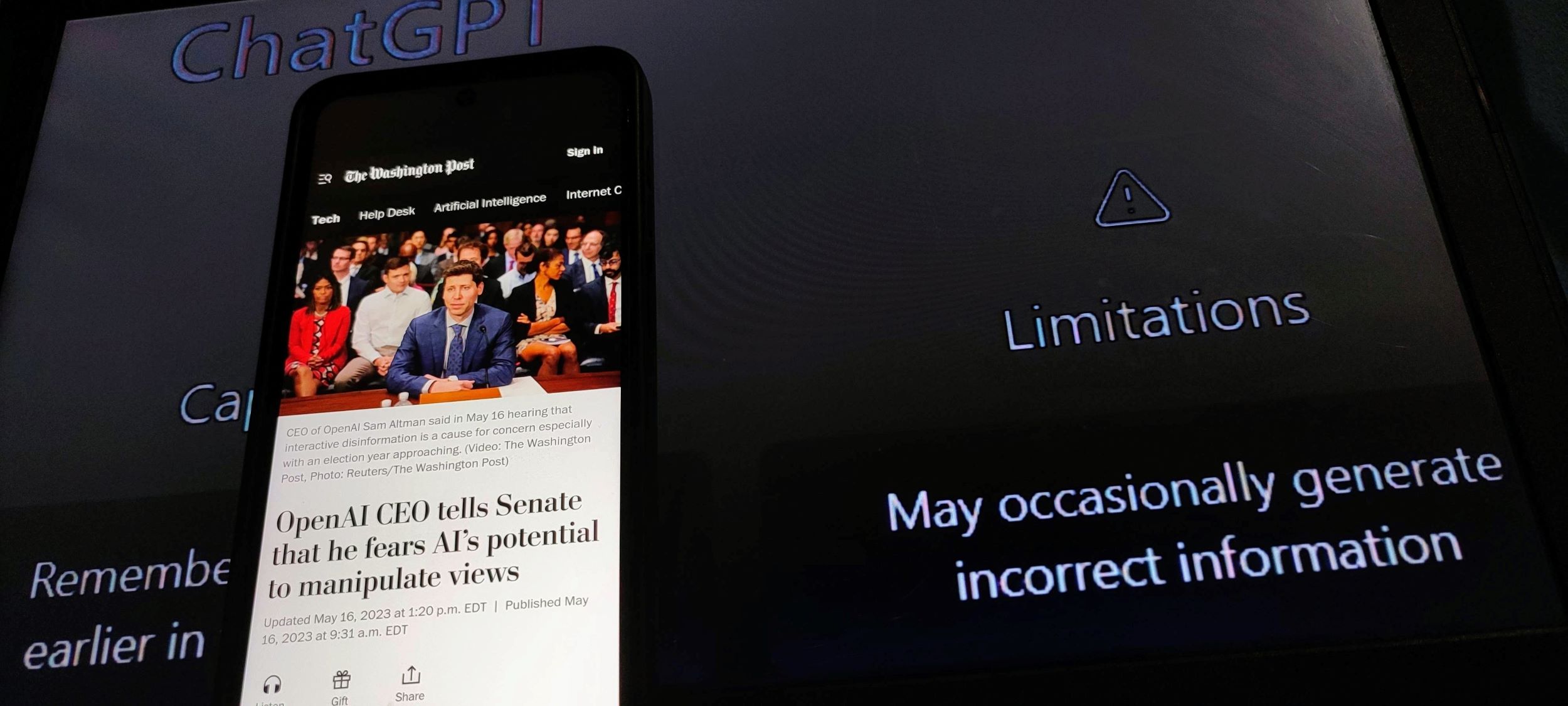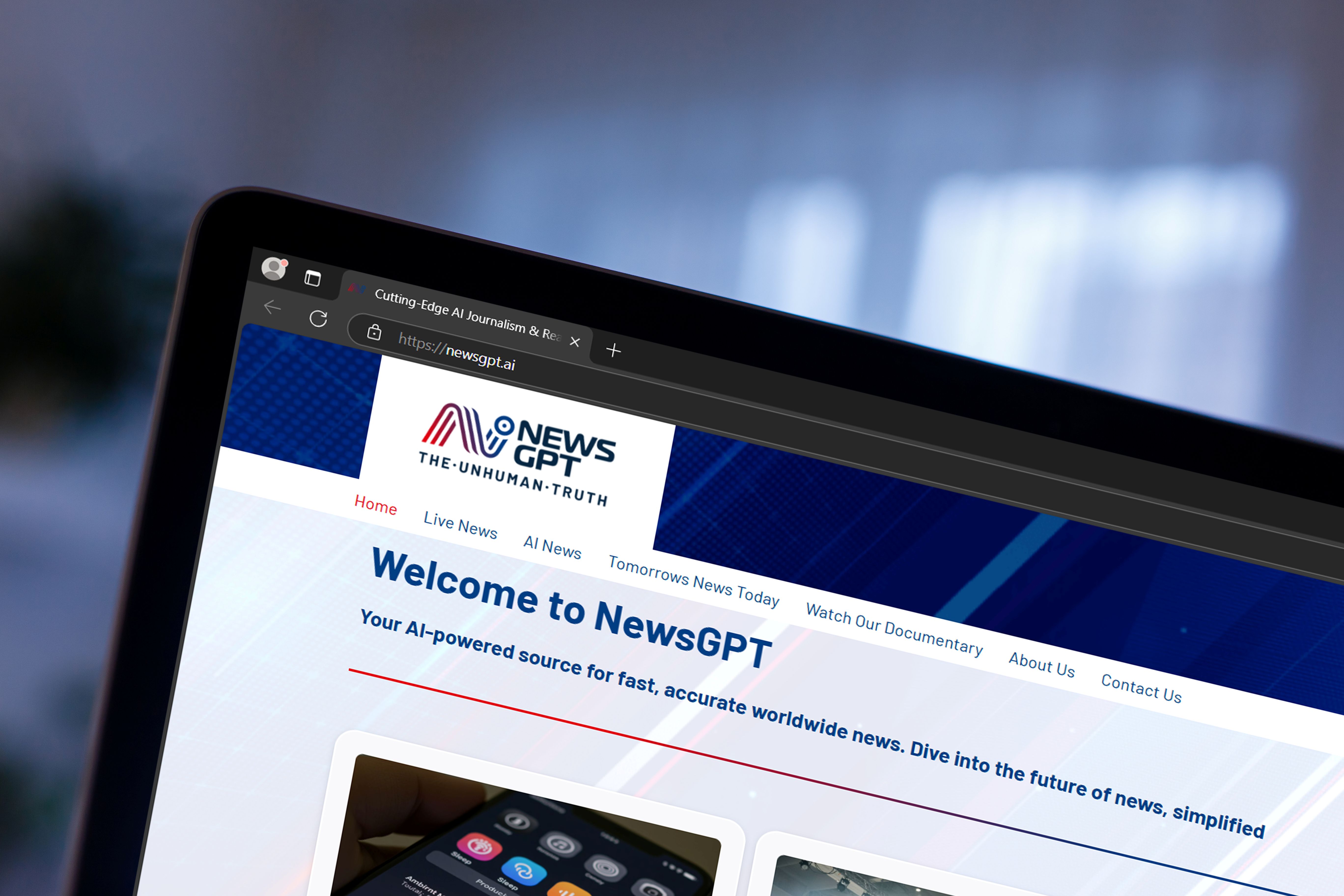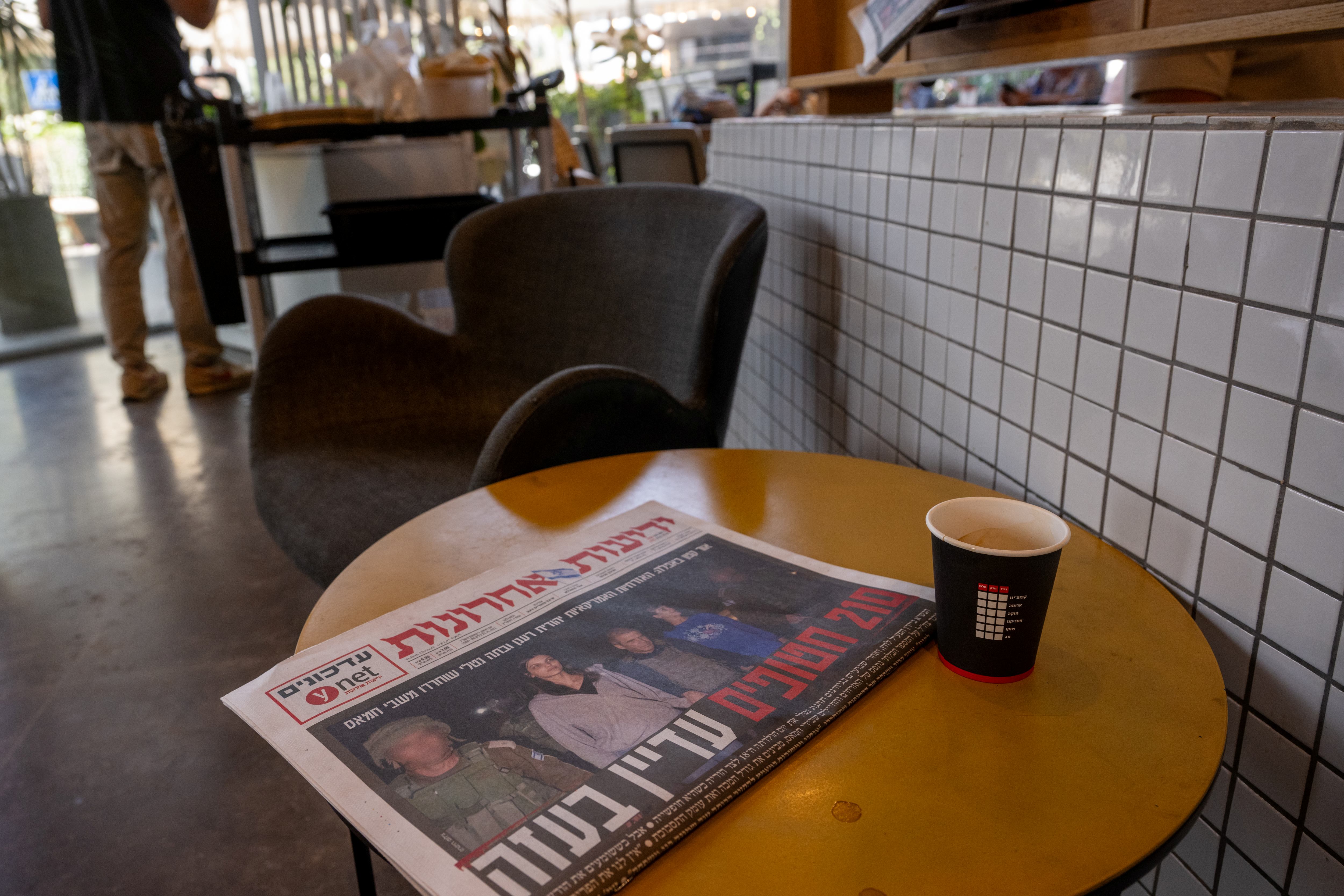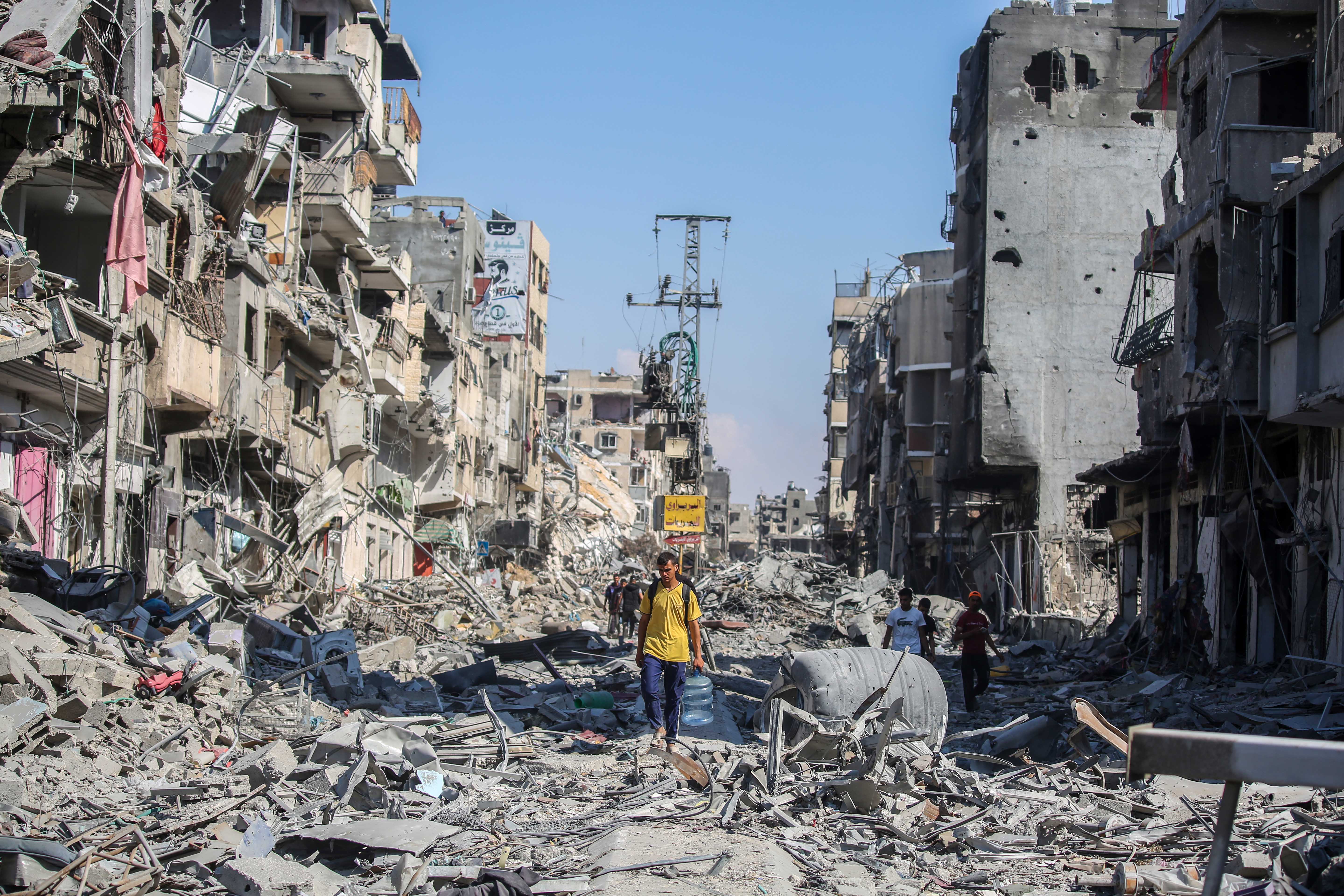AI is now our colleague in the newsroom and is poised to become even more helpful as it gets smarter and we see more opportunities - we look at all the potential uses and problems
There are already a few examples of how AI can be tuned to assist journalism. Almost all require a human hand to supervise, edit, refine and approve - which, currently, is a good thing.
This recent report by the World Association of News Publishers finds that “half of newsrooms already work with Generative AI tools”; that “content summaries are the most common use case” for AI in the newsroom; and lists some of the current uses of AI for journalism.
I am adding a few potential uses below. I guess that many of these ideas will soon find their way into the Content Management Systems we use daily. They will become an automated function; we will set parameters, “press a button”, and then AI will take over.
Read more:
What is ChatGPT and why is it important for journalists?
What happened when I asked ChatGPT to write my article
Of course, with ease of use come concerns, some obvious and some hard to see. If I made it sound like the famous Spiderman line, “With great power comes great responsibility”, I did it on purpose.
Real-time transcription
What is it: The use of GPT for transcribing audio and video recordings, interviews, live speeches, panel discussions and podcasts.
How it could be done: By connecting the GPT model to a source audio stream. It will process the recording and produce a text transcription of the spoken content. There needs to be some manual work to fix any inaccuracies that may have occurred due to speech recognition.
How it will help: It can help journalists focus on editorial work rather than spend time doing manual transcription. It can also help address accessibility issues by providing audiences with immediate and accurate transcriptions.
Potential problems: GPT may have problems accurately transcribing the nuances of different accents, languages or dialects.
Multilingual content
What is it: GPT can translate articles, news reports, scripts and subtitles into multiple languages.
How it could be done: Feed source articles to GPT and select a language it has been trained on. A journalist should manually post-process the translation to fix inaccuracies and make refinements.
How it will help: AI-powered multilingual content can greatly increase the reach and accessibility of news stories to wider audiences.
Potential problems: AI-generated translations may fail to recognise idiomatic expressions, ambiguous terms and regional dialects.
Text simplification
What is it: GPT models can simplify complex articles into more accessible language, catering to different reading levels.
How it could be done: By establishing guidelines before the process, essentially explaining to GPT the parameters for simplification, reading level, the editorial voice and house style.
How it will help: It will be easier for non-native speakers, people with reading difficulties or simply those with little time to spend on the news to access a brand’s journalism. It would also make news content discoverable by search engines and optimised for audience needs.
Potential problems: When a source text is simplified, there may be issues with accuracy, context and the possibility that AI could miss essential information. Also, potential problems in narrative, tone of voice and style.
Headline and summary generation
What is it: GPT models can generate multiple headlines for an article, allowing editors to select the most appropriate or engaging one to publish. They could also quickly draft a brief and concise summary of a lengthy article.
How it could be done: A GPT model would process an article and identify the key points, condensing them into a summary - this is a task that ChatGPT routinely does now. It can then put together relevant titles; the editor can ask it to format them to target specific audiences.
How it will help: Saving time in the newsroom and making journalism accessible to people who do not have much time to devote to news reading.
Potential problems: As with most automated features and editorial work, ensuring AI captures context correctly is essential. Also, there could be issues when summarising opinion pieces, where GPT could alter the writer's voice.
Article drafting
What is it: GPT models can generate an initial draft based on given headlines or content briefs before a journalist edits and polishes it.
How it could be done: Some AI models are already compiling article drafts starting with a list of questions or Google SERP data (the questions listed below the search results as “People Also Ask” and are meant to expand the search parameters). In a newsroom, this could be a routine process that would create a starting point for editors to fact-check and verify before publishing.
How it will help: It could save time and allow journalists to focus on more complex tasks. Time and better training will certainly improve the quality of the first drafts. Also, GPT models, which “learn” as they go, will eventually better understand context and complexities.
Potential problems: The quality and trustworthiness of AI-generated text are not there yet. There are also all sorts of ethical implications, questions about biases and misinformation that may stem from a piece of journalism that a human journalist does not prepare. And then there’s the news brand's editorial voice and style that AI may have difficulty capturing.
Fact-checking
What is it: ChatGPT can cross-reference claims and statements in articles with credible sources and databases to automatically fact-check content.
How it could be done: A GPT model can be trained with pre-processed data from multiple sources. Then it will compare text snippets of a story against the sources, looking for inconsistencies. It can highlight the issues and cite the evidence used to determine them.
How it will help: It will improve the accuracy of news stories and reduce the time and effort required to fact-check manually.
Potential problems: AI cannot always detect nuanced or subjective information, which may require further analysis.
Content recommendation
What is it: ChatGPT can help newsrooms curate and organise their content for their audience. It can also suggest relevant content to readers based on their interests and browsing history.
How it could be done: ChatGPT can analyse users' preferences, browsing history and engagement patterns to recommend relevant news articles. By understanding readers' interests, it can suggest articles based on their past reading habits, topics they follow and trending news stories.
How it will help: It will enhance audience engagement and satisfaction as readers discover content that is aligned with their interests. It will also help the discoverability of content that a reader may have missed otherwise.
Potential problems: The biggest drawback is that excessive personalisation may lead to “filter bubbles” - or “echo chambers” - where people are exposed only to content that aligns with their existing beliefs and not to diverse perspectives.
Sentiment analysis
What is it: GPT models can analyse articles for sentiment to provide insights into public opinion.
How it could be done: AI can learn to identify patterns to examine the overall sentiment of a news piece or a social media post as positive, neutral or negative. It can also take user interactions into consideration and make suggestions to the content writers.
How it will help: It would help newsrooms understand the opinions, reactions and preferences of the audience, help create more balanced pieces and address diverse perspectives.
Potential problems: As GPT models better understand emotions, biases and figurative language, the analysis will also get better. Right now, AI may not be able to detect sarcasm, irony or other nuances that can affect sentiment analysis.
Keyword extraction
What is it: ChatGPT can identify the most important keywords in news articles to help optimise them for SEO.
How it could be done: A GPT model could be trained to recognise important keywords that are related to a news story. It would monitor for accuracy and relevance and then provide recommendations to content writers to help improve an article’s visibility in search engines.
How it will help: It could increase exposure and reach for news organisations.
Potential problems: GPT suggestions must be filtered to ensure they reflect the context of certain keywords.








































